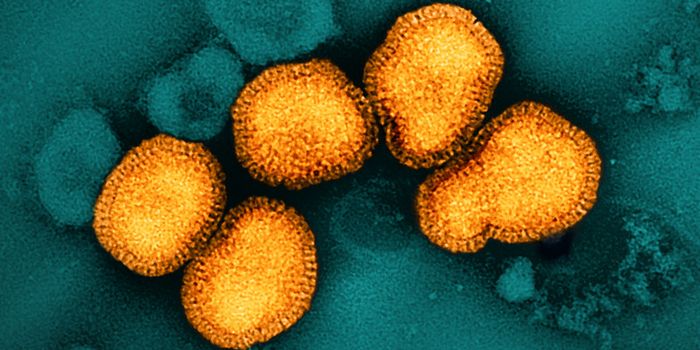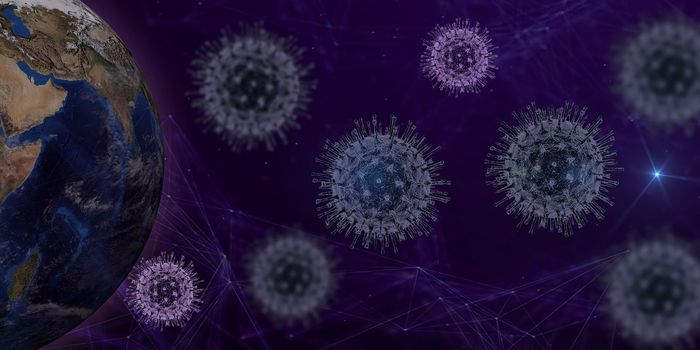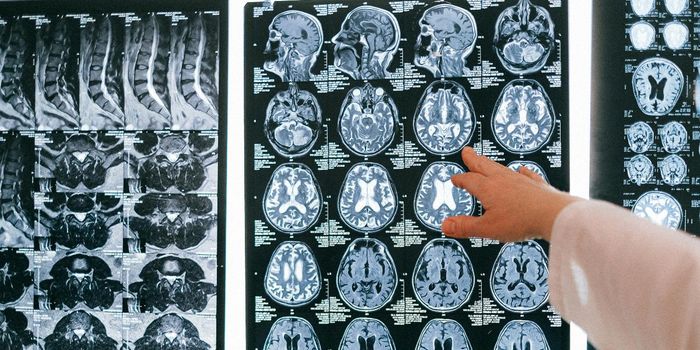Immune Imbalances Dictate COVID Symptom Severity
When it comes to COVID-19 symptoms, there seems to be a severity spectrum—some experience nothing but a headache, while others end up in critical care with a compromised respiratory system. Researchers have put this phenomenon under the microscope in search of the biological mechanisms at play that dictate patient outcomes. What they’ve found is that the immune system is a key influencer of COVID symptoms.
“As it is often the case for pathogenic infections, the host immune system is a key player in viral clearance and resolution of disease,” said immunology expert Lisa Ng from the Singapore Immunology Network (SIgN) and senior author in an article published in Nature Communications.
“In this case, an imbalance between inflammation and protection leads to the progression to more severe disease.”
Ng and colleagues took a closer look at the immunological factors dictating COVID-19 progression by studying immune cells in the blood of 54 patients. This cohort presented with a wide range of clinical manifestations, from the milder symptoms all the way to fatal outcomes.
The scientists used high-dimensional flow cytometry (a lab-based technique for characterizing cells based on the expression of fluorescently-tagged proteins) to study a panel of over 50 types of immune cells. Two particular immune subtypes revealed themselves to be major players: lymphocytes and neutrophils.
The team found that T lymphocytes in COVID-19 patients had a sharp dip in the expression of CD8 and VD2, co-receptors that aid in T cell antigen interactions. At the same time, there was an uptick in the number of neutrophils that were relatively “immature” in their nature. Neutrophils make up around 55 to 70 percent of all white blood cells and form an essential component of the innate immune system. These cells mature in the bone marrow over the course of two weeks and it is unusual to find high proportions of immature neutrophils in circulation.
This is an important finding—immune cell ratios can be used as a prognostic marker to identify high-risk COVID-19 patients and provide them with early interventions. “We hope that our findings will allow for rapid triage possibilities in heavily burdened hospitals,” said Ng.
There are undoubtedly many more undiscovered nuances in the interplay between coronavirus infections and immune defenses, which Ng and her colleagues are currently exploring. “Hopefully, this can help guide therapies and inform vaccine or treatment design,” commented Ng.
Sources: Nature Communications, A*STAR Research.









